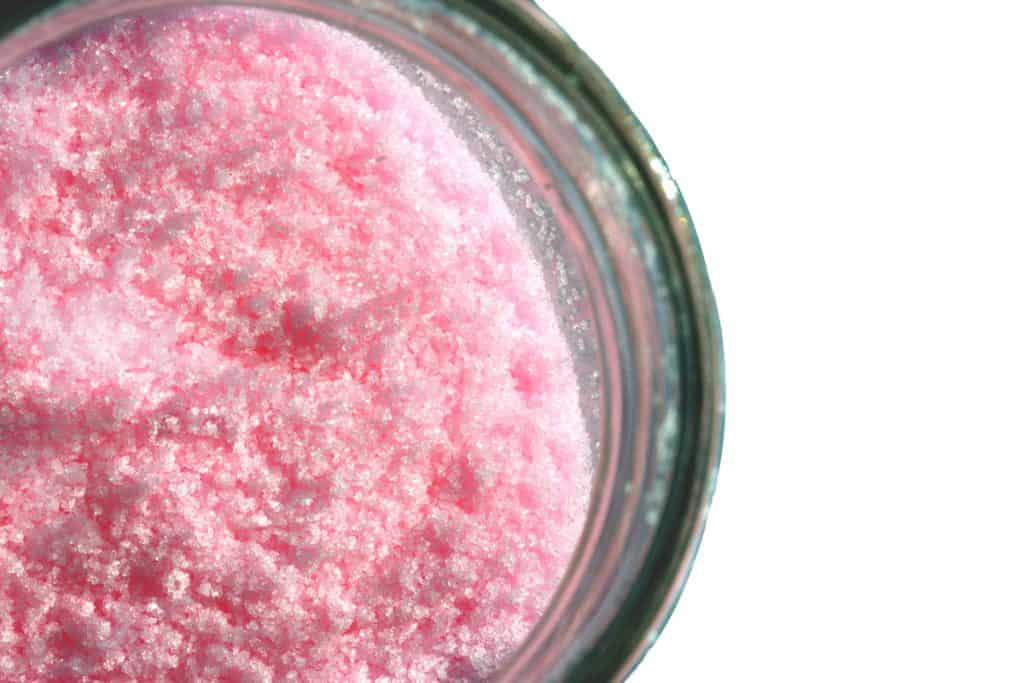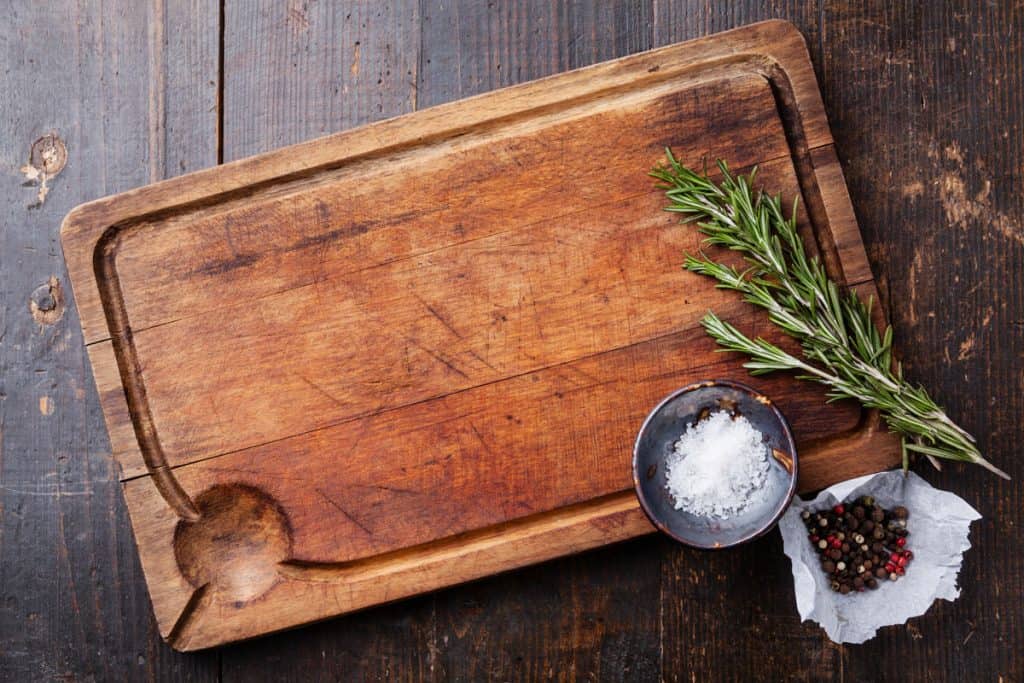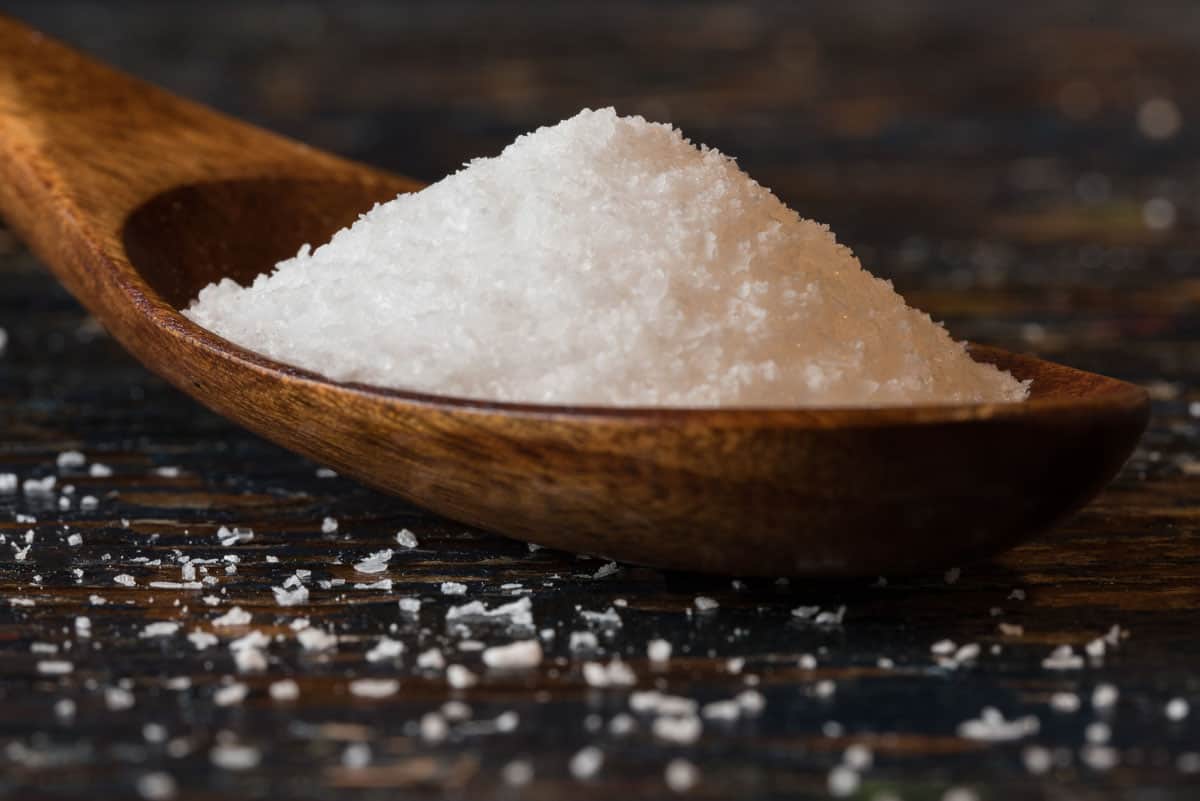Brining is an increasingly popular pastime, particularly with large cuts of meat. If you’re planning on preparing a pork shoulder for the smoker, should you brine the meat first? Let’s find out whether or not brining is a good choice for this cut.
Pork Shoulder Brine
Brining pork shoulder can help it achieve the proper texture while giving it a welcome boost in the flavor department. Depending on which type of brine you use, it can even lead to crisper skin. You can experiment with different seasonings to get the flavor profile you prefer.
About Pork Shoulder
A whole pork shoulder is made up of two different cuts: the pork butt, also known as the Boston butt; and the shoulder, sometimes called a picnic shoulder or picnic ham. It’s possible to buy the whole pork shoulder, but as this cut weighs 14-18 pounds, it’s usually reserved for commercial use.
The portion known as the picnic shoulder is located beneath the pork butt, around the upper part of the foreleg. Like pork butt, it’s made up of tough meat that should be cooked for a long time using low heat in order to tenderize it.
However, an irregular triangular shape helps to distinguish the shoulder from the butt portion. Pork shoulder is often sold with the skin on, so it’s a good choice if you enjoy crackling-crisp skin with your barbecue.
About Brining
When you brine a cut of meat, you’re helping the tissues retain moisture as it cooks. When the cooking process causes the meat’s natural juices to evaporate, the salt in the brine solution allows them to be reabsorbed. That way, the meat will be nice and juicy when it’s finished cooking.
A good brine is about more than texture. It also provides a nice hit of flavor, depending on which ingredients you use. Our recipe below uses the same seasonings we would suggest for a good dry rub, so you’ll keep a similar flavor profile going throughout all stages of the cook.
Should You Brine Pork Shoulder Before Smoking?
As we mentioned, pork shoulder is a naturally tough cut. That means it can use all the help it can get if you want your finished product to be both juicy and tender. A well-made brine can help you accomplish this goal.
If you’re worried that the salt will overpower the smoke flavor, understand that this shouldn’t be an issue. Most recipes for pork brine—including our own—use less than a cup of coarse salt for every half-gallon or so of liquid. When you consider that you’re using the mixture to brine about 8 pounds of meat, the salt content becomes less daunting.

How Long To Brine Pork Shoulder
You can brine pork shoulder for anywhere from 8 to 24 hours. The longer the meat sits in the brine, the more flavorful it will be—within reason.
Can you brine pork too long? Yes, your end result may suffer if you over-brine the meat. Try not to leave it in the solution for any longer than 24 hours, or the salt may cause the protein strands to break down. This will result in mushy pork.
Wet or Dry Brine Pork Shoulder
What’s the difference between a wet and a dry brine? While a wet brine consists of salt and seasonings mixed in with enough liquid to submerge the meat, a dry brine is made up primarily of salt. Some chefs will mix in other seasonings, but dry brining is essentially just salting the meat and allowing it to rest in the fridge.
Dry brining is faster and more convenient than wet brining, as there’s no need to mix up the saltwater solution beforehand. It’s also a good option if you’re pressed for space, as the meat will take up less room in the fridge than a large stock pot filled with liquid.
What’s more, some people prefer not to deal with wet brine, since it can be unpleasant to juggle a large cut of meat that’s dripping wet. The brine solution could also spread bacteria around your work station if you’re not careful.
About Dry Brine for Pork Shoulder or Pork Butt
To use a dry brine for pork butt or pork shoulder, start with a generous measure of kosher salt. At this point, you can add sugar or other seasonings if you’d like, depending on the flavor profile of your recipe.
There’s no concrete rule when it comes to how much salt to use. You want to coat the entire surface of the meat, but you can be more generous with larger cuts. For example, you’ll use a heavier hand when dry-brining an 8-pound pork butt than you would if you were using the technique on a couple of 3/4-pound pork chops.
If you’re making smoked pork shoulder and the cut still has the skin on, it’s a good idea to add baking powder to the kosher salt mixture. This will help the skin to crisp up. Use about 1 part baking powder for every 3 parts kosher salt—for example, 1 teaspoon of baking powder for 1 tablespoon of salt.
How Long Should You Dry Brine Pork Butt?
You can dry brine pork butt for longer than you would leave it in the wet brine. A minimum of 12 hours is recommended, but it’s fine to leave it in the refrigerator for up to 3 days. The pork won’t become waterlogged the way it would in a wet brine, and the flavor will have a chance to penetrate further into the meat.
That said, if you dry brine pork for longer than 3 days, it might start to taste more like cured ham. Moreover, the meat could begin to spoil once it crosses the 3-day marker, depending on when you bought it. Try to aim for a dry-brine period of 24 to 48 hours for pork butt and pork shoulder.
Do You Dry Brine Pork Shoulder Covered or Uncovered?
It’s best to dry brine pork shoulder uncovered, especially if the roast has the skin attached. The air in the refrigerator will pull excess moisture from the exterior, which will give you a crisper bark when the pork is done.
How Do You Dry Brine a Pork Shoulder?
To dry brine a pork shoulder, mix together baking powder and kosher salt, using 1 part baking powder for every 3 parts salt. Pat the pork shoulder dry with paper towels.
Rub the salt mixture all over the surface of the meat, making sure to cover every spot with a generous layer of seasoning. Set the pork shoulder on a platter and place it in the fridge, uncovered, for 24 to 48 hours.
When you’re ready to cook the pork, don’t rinse it. The salt will have done its work at this point, and rinsing it won’t reverse the effects. Moreover, if you put the pork in the smoker with a moistened exterior, it won’t brown as well.
Should You Dry Brine Pork Shoulder?
Now that we’ve determined how to dry brine pork shoulder, the question remains: Is it a good idea?
We think dry-brining is worth the effort, provided you have enough time between now and your barbecue to allow the salt to do its work. If you only have 8 to 24 hours, consider using a wet brine or forgoing the process altogether.
What’s The Best Salt to Use for Brining?
Kosher salt is a good choice for both dry brining and wet brining. While table salt is made up of granulated crystals, kosher salt consists of coarse flakes. This means that a cup of kosher salt will actually contain fewer salt crystals than table salt, making the brine more palatable.
If you decide to substitute table salt for kosher salt, reduce the amount by about 25 percent. Therefore, if the recipe calls for 1 cup of kosher salt, use 3/4 cup of table salt instead.
Can You Use Curing Salt to Brine Pork Shoulder?

Curing salt—sometimes called Prague powder—is salt that’s been treated with nitrates to help preserve meat. Although it’s also known as “pink curing salt,” it shouldn’t be confused with pink Himalayan sea salt, which is another ingredient entirely.
These salts can be divided into two categories. Pink curing salt #1 is used to cure meats that are meant to be cooked afterward, like bacon. The solution known as #2 is used for dry-cured meats, such as salami and prosciutto.
You should never attempt to brine pork with curing salt, unless your goal is to end up with ham instead of pulled pork. These salts are designed for curing and can’t be used interchangeably with table or Kosher salt.
Pork Shoulder Brine Recipe

This recipe works best if your pork shoulder weighs 6 to 8 pounds. If the cut is smaller or larger, adjust the quantities accordingly.
Ingredients
- 8 cups water
- 2 cups apple juice or cider
- ¾ cup kosher salt
- ½ cup brown sugar
- 4 sprigs fresh rosemary
- 2 sprigs fresh thyme
- 2 tablespoons black peppercorns
- 3 bay leaves
- ½ onion (no need to remove the skin)
- 6 cloves garlic, crushed
- 1 tablespoon paprika
- 1 teaspoon ground cumin
- ¼ teaspoon cayenne pepper
Directions
1. In a large stock pot, bring the water and juice or cider to a simmer.
2. Add the salt and sugar and stir until fully dissolved.
3. Add the rest of the ingredients to the brine and let the mixture cool. If you’d like, set the brine in the refrigerator for this step. Just be sure to leave it uncovered so it has a chance to cool properly.
4. When the brine is cold, transfer it to a container large enough to hold both the mixture and the pork shoulder.
5. Add the meat to the brine and refrigerate for 12-18 hours, or overnight.
6. Prepare the pork shoulder according to your favorite recipe.
The Bottom Line
Pork shoulder brine can improve the flavor and texture of your pulled pork. Whether you opt to create a wet brine or let the pork rest in a dry brine for a couple of days, you should be pleased with the results.
Happy grilling!

